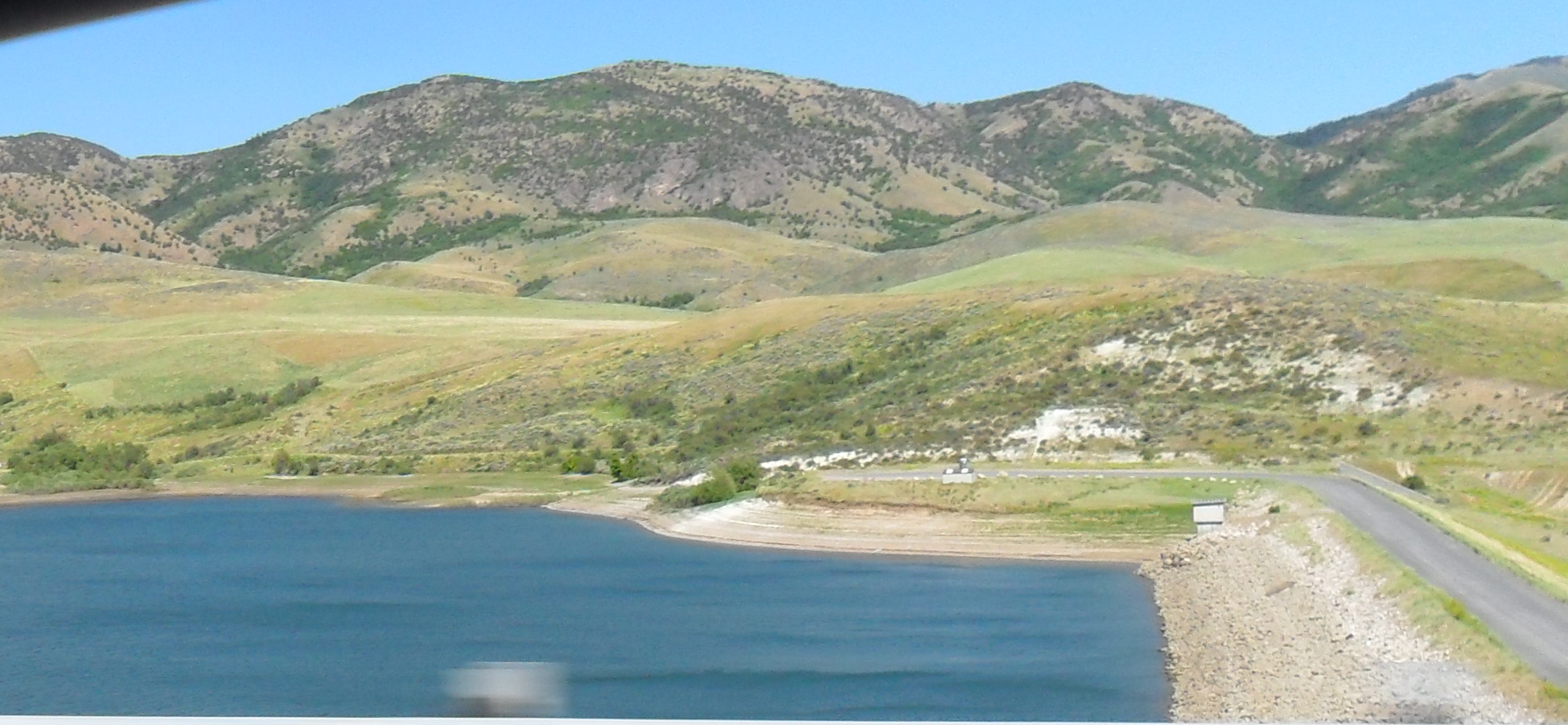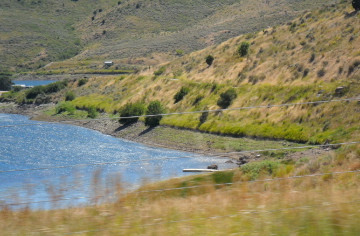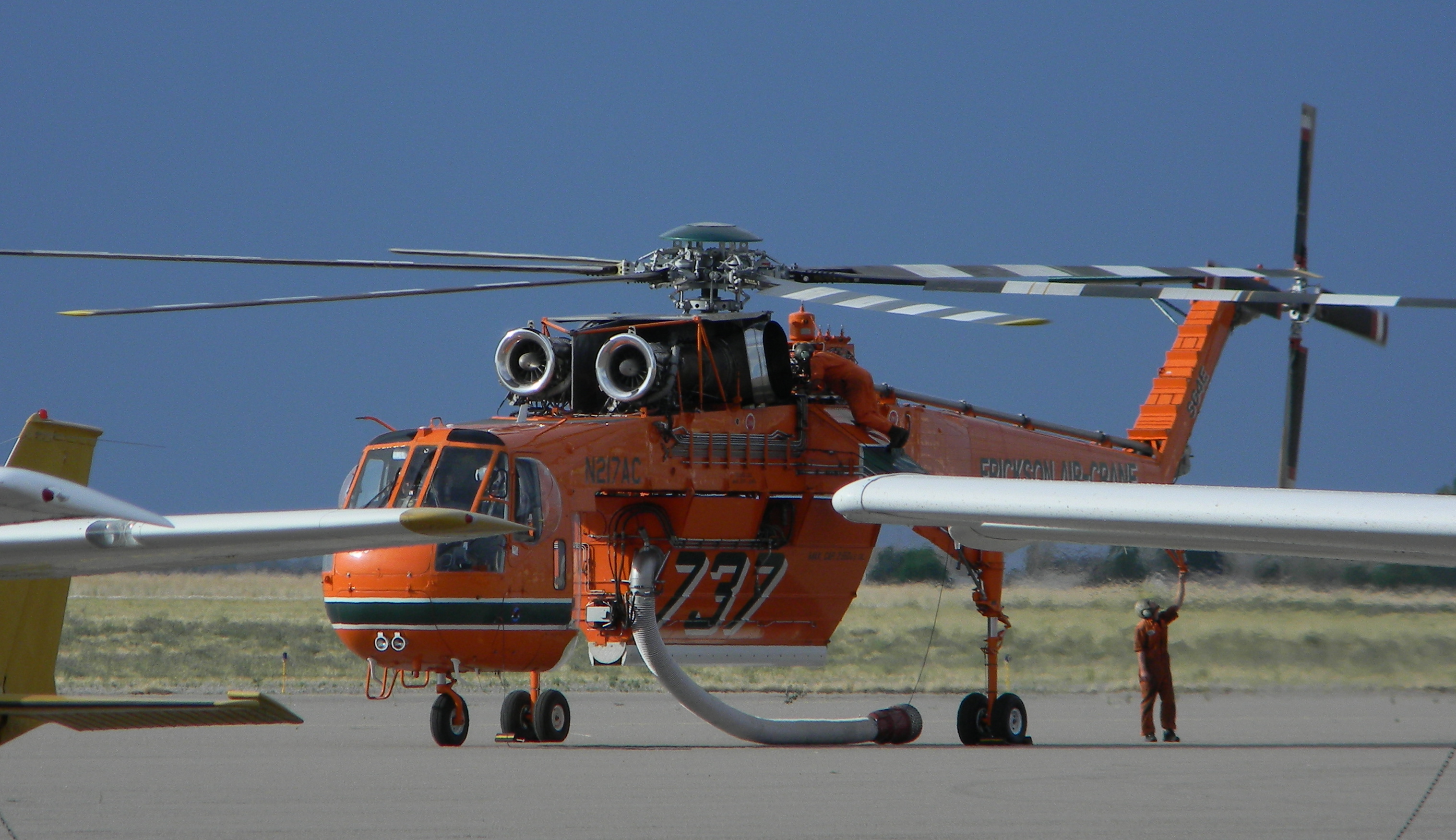Some people might think local officials are being a little too cautious with their control over who has access to the Charlotte Fire burn area, at the south end of Pocatello. But, it really is so dry out their that I wouldn’t be surprised if the cause of the fire was spontaneous combustion of tinder dry field grasses (I’ve seen it happen in hay stacks).
I recently got my city of Chubbuck, Idaho, water bill for 08 May 2012 to 05 June 2012. It shows you what you used the previous year. For the same time in 2011 I used 4,000 gallons (15,141.6 liters). Yet, for 2012 I used 13,000 gallons (49,210.35 liters), a 9,000 gallon increase! And I was really trying to conserve, but I have a large yard with a victory garden and the amount of water I used in May was just barely enough to keep most plants from dying.
I have a pear tree and several plum trees, and for the first time in more than a decade they have no fruit! My Golden Delicious apple tree has not even half the amount of fruit it normally does.
Two of my three grape vines returned to dormancy two months ago, and have only now started to come back, after tons of water was flooded onto them. One of my two blackberry vines died. My normally over productive raspberry vines are now struggling, with only two raspberries visible.
My huge decades old pine tree stopped dropping pine cones a month ago. This is normal when you get into dry summer months, but since my pine tree is located in the middle of my back lawn it usually drops cones throughout summer because it gets enough water when I water the lawn. This year I’ve been flooding sections of the lawn, including around the pine tree, due to how dry the grass is getting, and yet no pine cones.
By the way, lawn grass is the most inefficient plant on the planet, and yet our incompetent municipality leaders create laws forcing us to maintain a grass lawn, for the sake of property values! And then they jack up our water/sewer/trash rates!!!
For example: In 1998 I swear I was paying a basic water/sewer/trash rate of $38.00 USD per month (not counting the per thousand gallon water charge). In 2010 it was more than $77.00. Now, in 2012 the basic water/sewer/trash rate is more than $92.00!!!
Between 1998 and 2002 water conservation actually helped keep my water bill down, but at this point none of my water saving efforts are paying off, because the city has jacked up the basic services rate so high! And you can’t conserve too much because then the city hits you with violation of beautification codes!
The city of Chubbuck actually has employees driving around neighborhoods in “code enforcement” vehicles, giving out warnings. If warnings are not heeded the city brings in landscapers and sends you the bill.
Another sign of how hot and dry it is: Laundry. I hang my laundry to dry outside in summer, it so hot/dry that a full load is dry within 20 minutes or less. That’s much less time than if I used the dryer in the house.
How about southeast Idaho reservoir levels?

Devil Creek reservoir, north of Malad City, Idaho, off Interstate Highway 15, 29 June 2012. Two months ago it was full.

Deep Creek reservoir, east of Malad City, on Idaho State Highway 36, 29 June 2012. Two months ago it was full.


































































